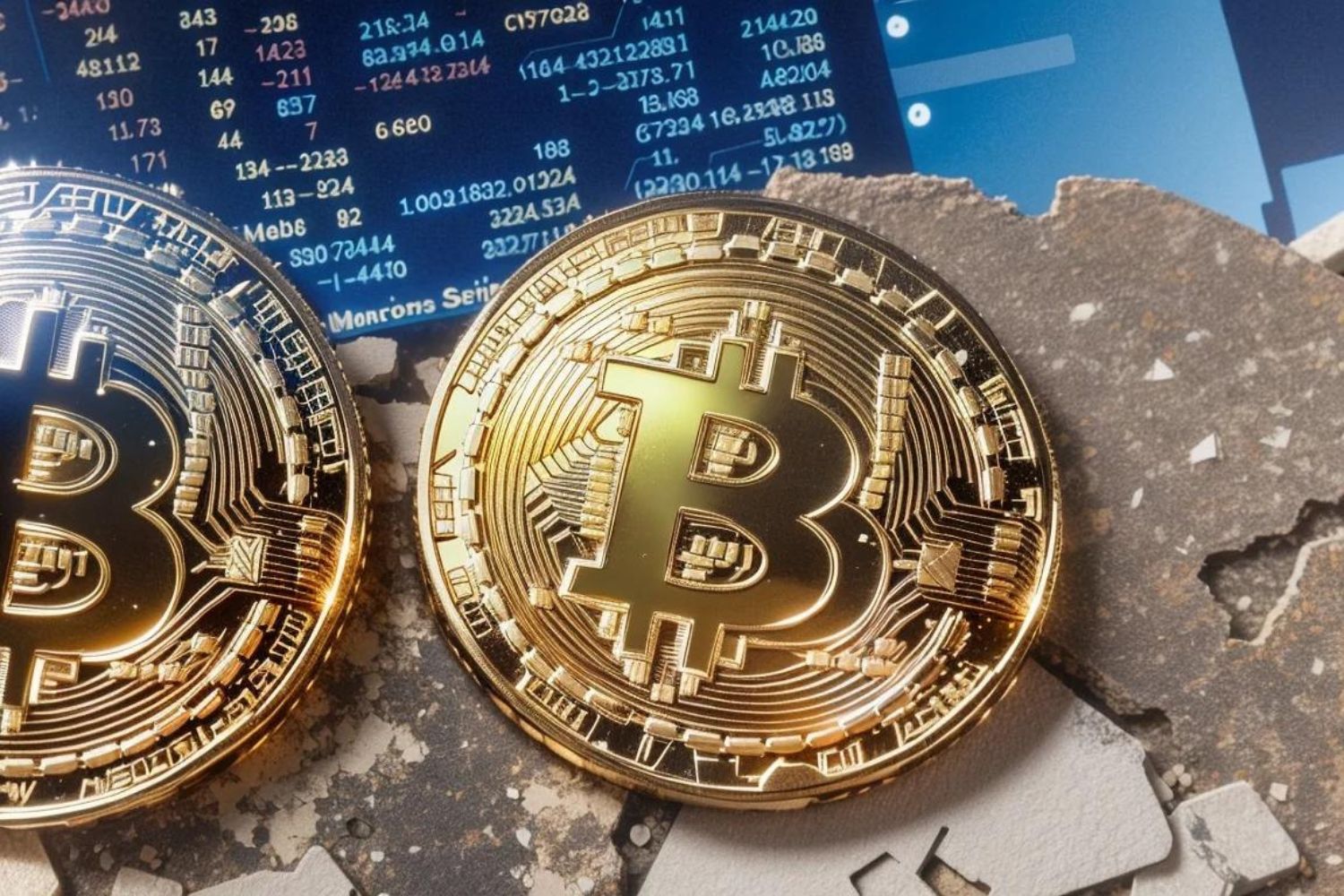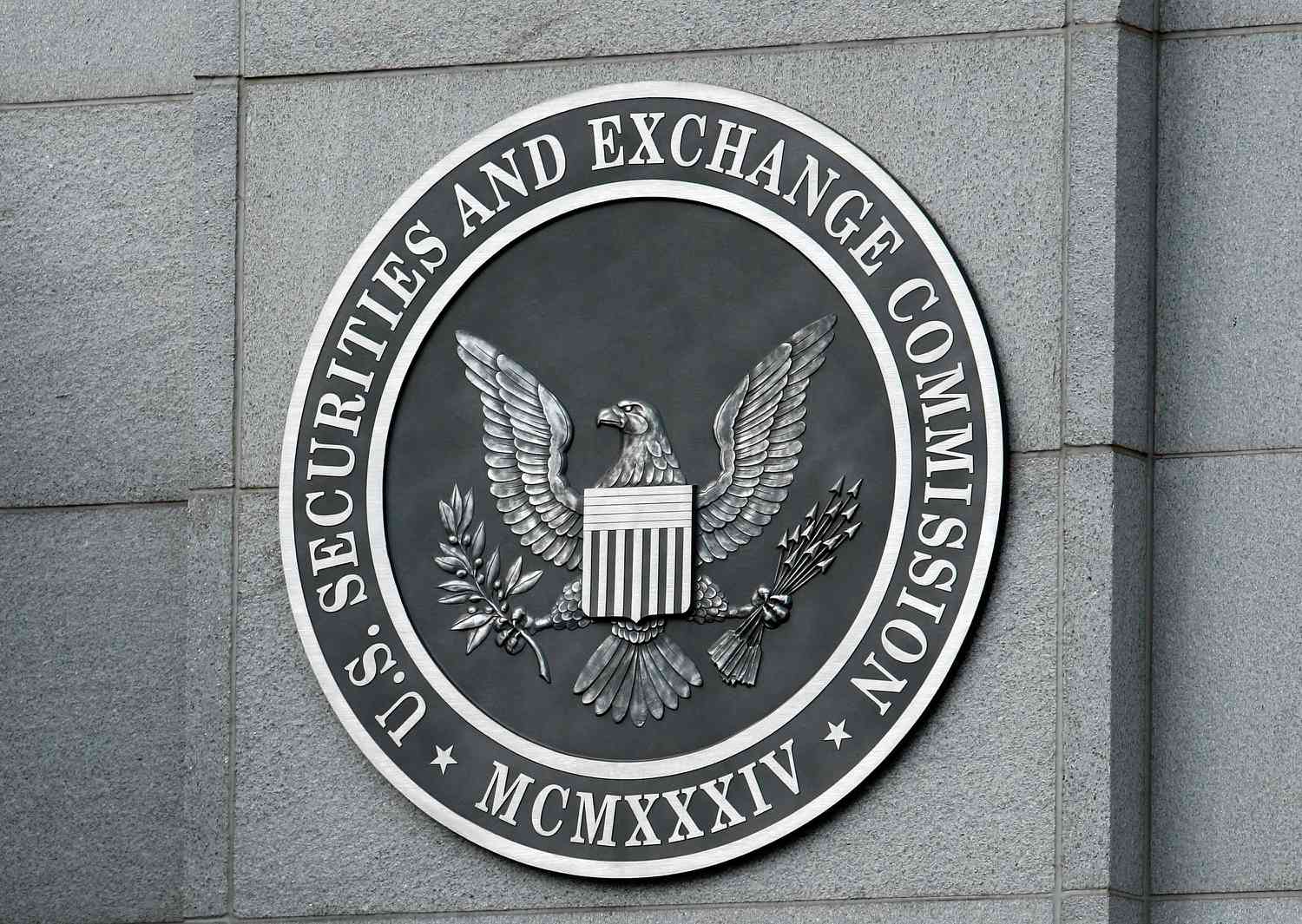Bitcoin enthusiasts have a straightforward explanation for the cryptocurrency’s recent price surge: there just aren’t enough coins to go around. This unique aspect sets Bitcoin apart from nearly every other commodity out there. But what exactly is fueling this unprecedented rally?
What’s Driving the Demand for Bitcoin?
To understand Bitcoin’s surge, you need to delve into the age-old economic principle of supply and demand. Just like any commodity, such as gold, or oil, Bitcoin’s price reacts to shifts in demand. The demand for Bitcoin took a significant leap forward following the launch of U.S. exchange-traded funds (ETFs) in January, which directly invest in Bitcoin itself. This surge in interest might lead you to wonder how to buy Bitcoin to potentially capitalize on its growing value. These “spot” Bitcoin ETFs have attracted billions in investment, forcing the funds to buy more Bitcoin to keep up with investor demand, thus pushing the price upward.
However, the story doesn’t end with just increased demand. Bitcoin’s inherent characteristics – particularly its supply limitations – play a pivotal role in its valuation.
Why Is Bitcoin Different From Other Commodities?
Bitcoin is unique because its supply is capped by its underlying code at 21 million coins, with over 90% already in circulation. New bitcoins are generated by powerful computers solving complex problems, but only about 900 bitcoins can be created daily. This rate is expected to decrease further due to a process known as “halving,” where the reward for mining new bitcoins is cut in half. This scarcity principle is crucial in understanding Bitcoin’s value dynamics.
Bitcoin is increasingly becoming one of the world’s most scarce assets. The built-in scarcity of Bitcoin makes it a fascinating study in supply and demand dynamics, but it also introduces significant volatility and uncertainty into its future value.
Is There a Limit to Bitcoin’s Price Increase?
There’s no crystal ball to predict Bitcoin’s future. The current high prices might tempt some holders to sell their coins, potentially leading to a drop in value. History has shown that Bitcoin’s market is prone to dramatic fluctuations. Following its peak in November 2021, Bitcoin’s value plummeted by more than 70% over the next year. Despite these past trends, Bitcoin’s price resilience and growth over time continue to attract both believers and skeptics.
Critics, including some from the government and Wall Street, still view Bitcoin as a speculative bubble without intrinsic value. However, its price stood at $67,139.33, reflecting a significant increase since the beginning of the year and underscoring its appeal to a broad range of investors.
What Makes Bitcoin’s Supply So Special?
Bitcoin’s supply is “inelastic,” meaning it doesn’t readily adjust to price changes. This characteristic can lead to sudden price spikes. For commodities like natural gas, supply cannot quickly increase to match price hikes. But unlike natural gas or gold, where high prices eventually lead to increased production, Bitcoin’s supply is strictly regulated by its programming code, with a fixed rate of new coins entering the market.
This inflexible supply, combined with periods of increased demand—like the recent interest in Bitcoin ETFs—can lead to significant market movements. “There’s fundamentally no way to increase the supply in the market,” explain market experts, highlighting the unique constraints on Bitcoin’s availability.
How Are New ETFs Impacting Bitcoin’s Market?
The introduction of new spot Bitcoin ETFs in the U.S. has played a significant role in the recent price rally. These ETFs have absorbed a significant portion of available Bitcoins, pushing prices higher as demand outpaces the limited supply. Trading firms and ETFs are constantly on the lookout for large quantities of Bitcoin to fulfill investor demand, further straining the limited supply.
Interestingly, data suggests that a large portion of the available Bitcoins is held in wallets that have seen little to no activity, indicating either long-term holders or inaccessible coins. With 80% of Bitcoin’s supply not moving in the past six months and continuous inflows into ETFs, the market could be heading towards an intensified supply squeeze.
Despite the potential for a supply crunch, some market participants are willing to sell into the rally.
When the market goes parabolic, it’s a natural selling opportunity, especially those who remember the volatility following the 2021 peak.
Final Thoughts
Bitcoin’s market is a complex ecosystem influenced by a unique blend of supply and demand dynamics. Its limited supply, combined with surging demand, particularly from institutional investors through ETFs, underscores the current price rally.
However, the market’s volatility and the speculative nature of Bitcoin investments mean that its future remains uncertain, with every peak potentially followed by a significant downturn. Yet, for many, the allure of Bitcoin as a scarce digital asset continues to drive interest and investment.

























